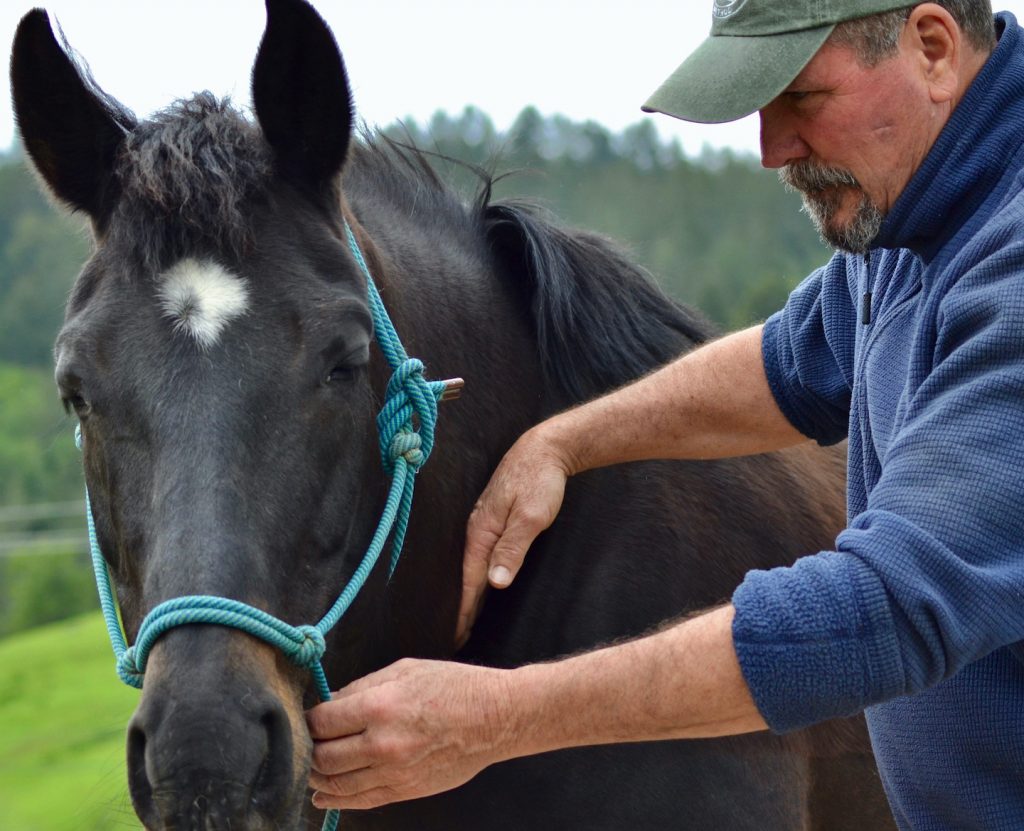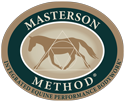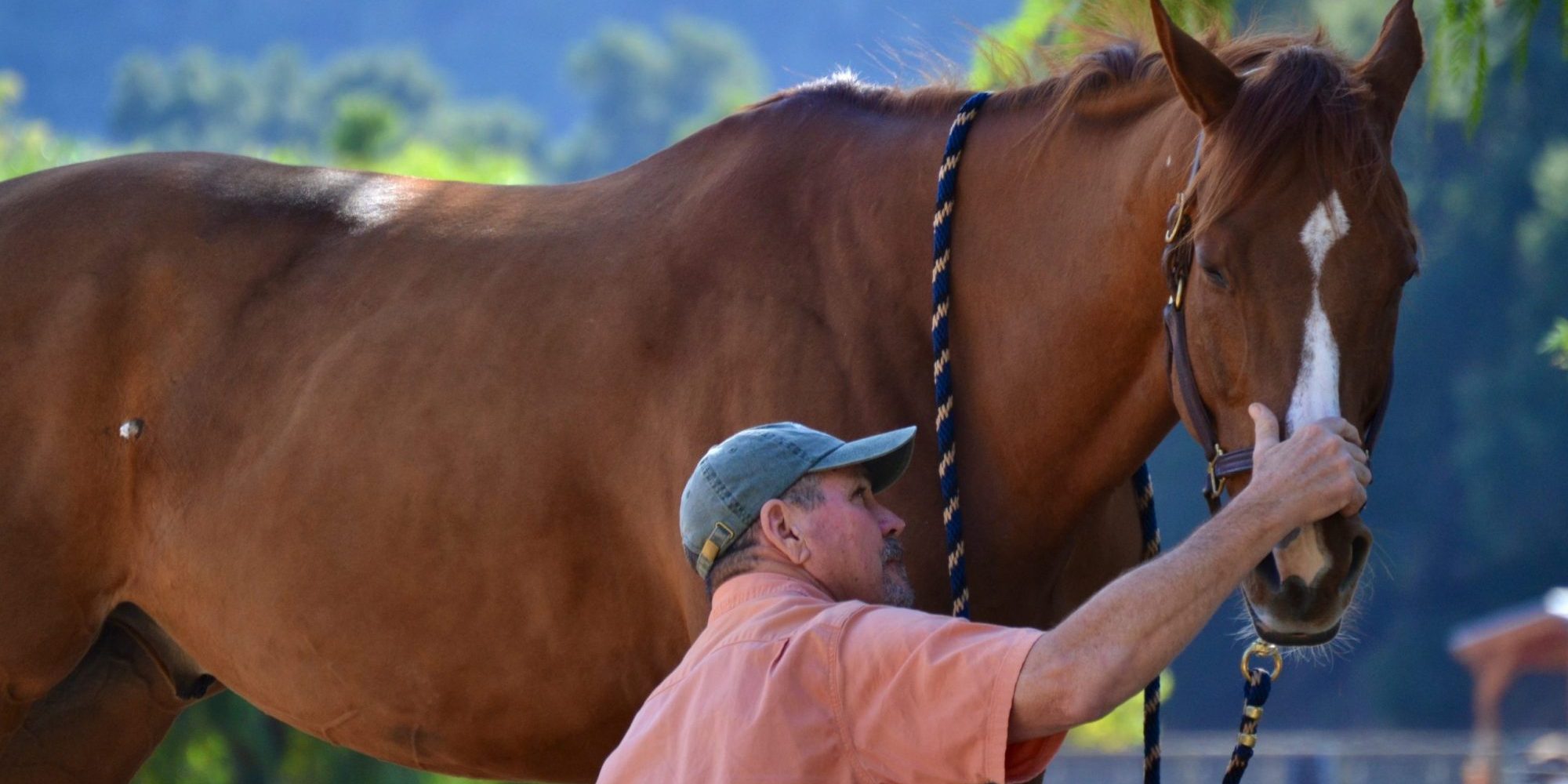In Part 1 of Primary Issues of Tension in the Horse’s Body, we talked about performance or behavior issues and possible primary issues that might be behind them and discussed Masterson Method® techniques that may help with the (secondary) tension caused by them.
All of what we work on in the horse’s body is caused by something. It is secondary to, or created by some other, primary issue. We can clear tension in the horse’s body and if we can determine what’s causing the tension and remedy it, then ideally the tension will likely not return and we can help the horse even more.
We continue the list of possible primary issues here:
Intermittent Front End “Lameness” – Possible Primary Issues
In my experience, this often happens after the horse has had a front leg lameness of some sort for an extended period of time. After it has been treated or has healed, the horse will sometimes continue to be intermittently lame and sound, in some cases, for months. The longer the horse has been lame on the leg, the longer the subsequent intermittent lameness lasts.
Compensation for the lameness over a long period of time can create muscle tension patterns that put unilateral tension, or torque on the C7-T1 Junction. Once the primary initial lameness is gone, this torque remains and shows up as intermittent lameness until it releases. It may release and let go over time if allowed but it makes sense to try to help the horse release it sooner.
How to Address:
Releasing tension in the C7-T1 Junction where the last vertebra of the neck joins the first vertebra of the body, very often helps intermittent front-end lameness, or even clears it up.
When muscles that attach the forelimb to the body and support the front-end structure become tense, the horse loses the ability to absorb the impact of the foot hitting the ground and the ability to move with suspension. When this happens there is increased impact and load on the muscles, tendons, ligaments and joints of the feet, legs and shoulders. Thus, accumulation of tension in the Neck-Shoulder-Withers Junction can lead to issues in the feet and legs. Releasing tension here helps not only to improve range of motion but also prevents stress to joints, muscles and ligaments of the forelimbs.
After the poll, atlas and vertebrae of the neck have been released, it is important to release as much tension in the Neck-Withers C7-T1 Junction as possible with the Scapula Releases. One way to help with this when Releasing Down and Forward is to ask the horse to relax the leg in front across the midline. If there is torque in the C7-T1 Junction, the horse will be uncomfortable doing this. The remedy is to back off while supporting the leg and allow the horse to relax in as comfortable a position as close to the midline as possible. Wait for the release, and watch for responses that the horse has let go of tension.

After Scapula Release Technique, go to the C7-T1 Release. Go slowly and allow the horse to relax into it. If you feel you have got some releases in that area, check back to see if there is any improvement in releasing the leg forward across the midline. If there is, you will probably have made some improvement in the intermittent lameness issue.
Techniques to use:
• Poll and Atlas Releases
• Scapula Releases
• C7-T1 Release
Note: The best thing for the horse after a big release is movement. You can do turnout, an easy walk or hack on a loose rein, or hand-walking. Let the horse rest overnight and look for an improvement the next day.
In the final chapter of this series, Primary Issues Part 3, the focus will be about Head Shy Horses, what might cause this problem and again, Techniques to help the horse release tension.
Learn about these techniques and much more in our Beyond Horse Massage Book.













